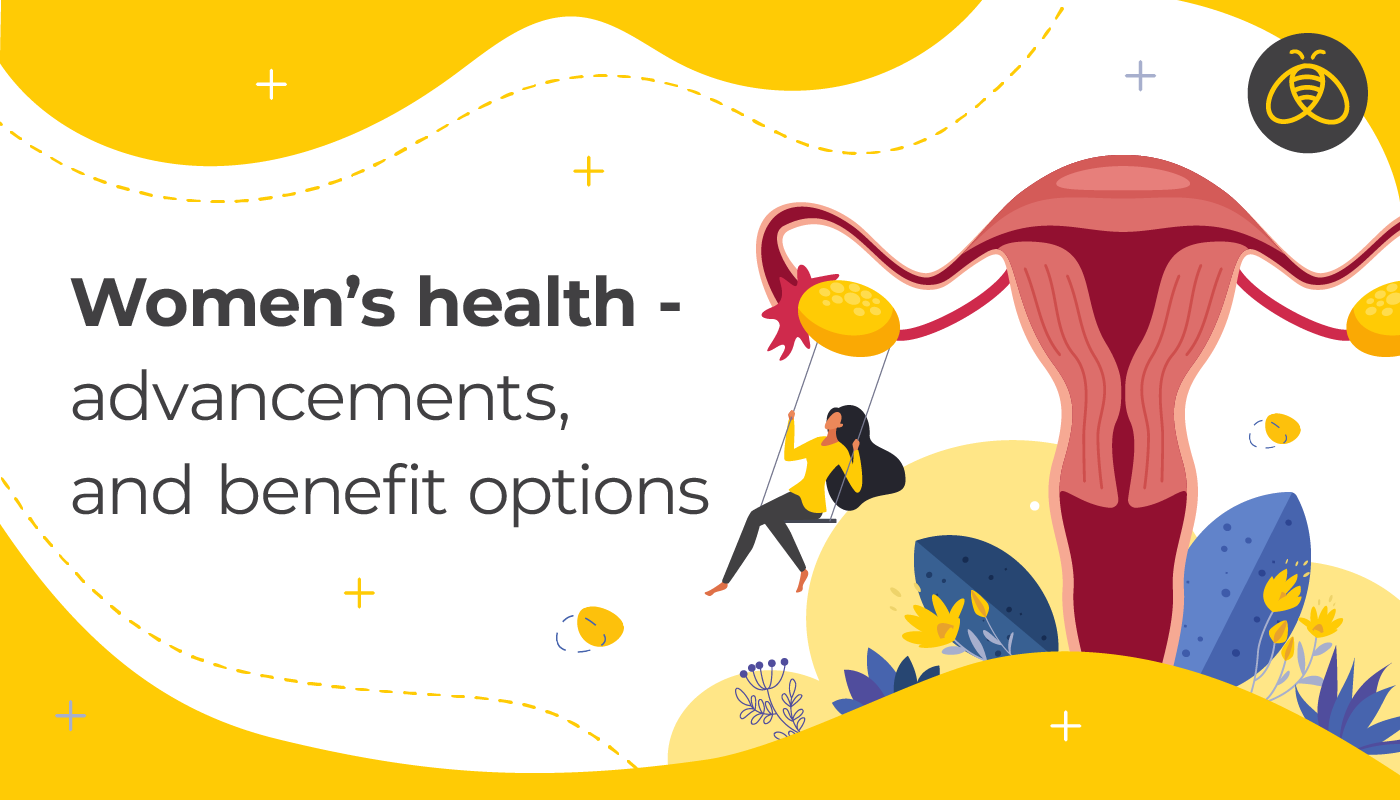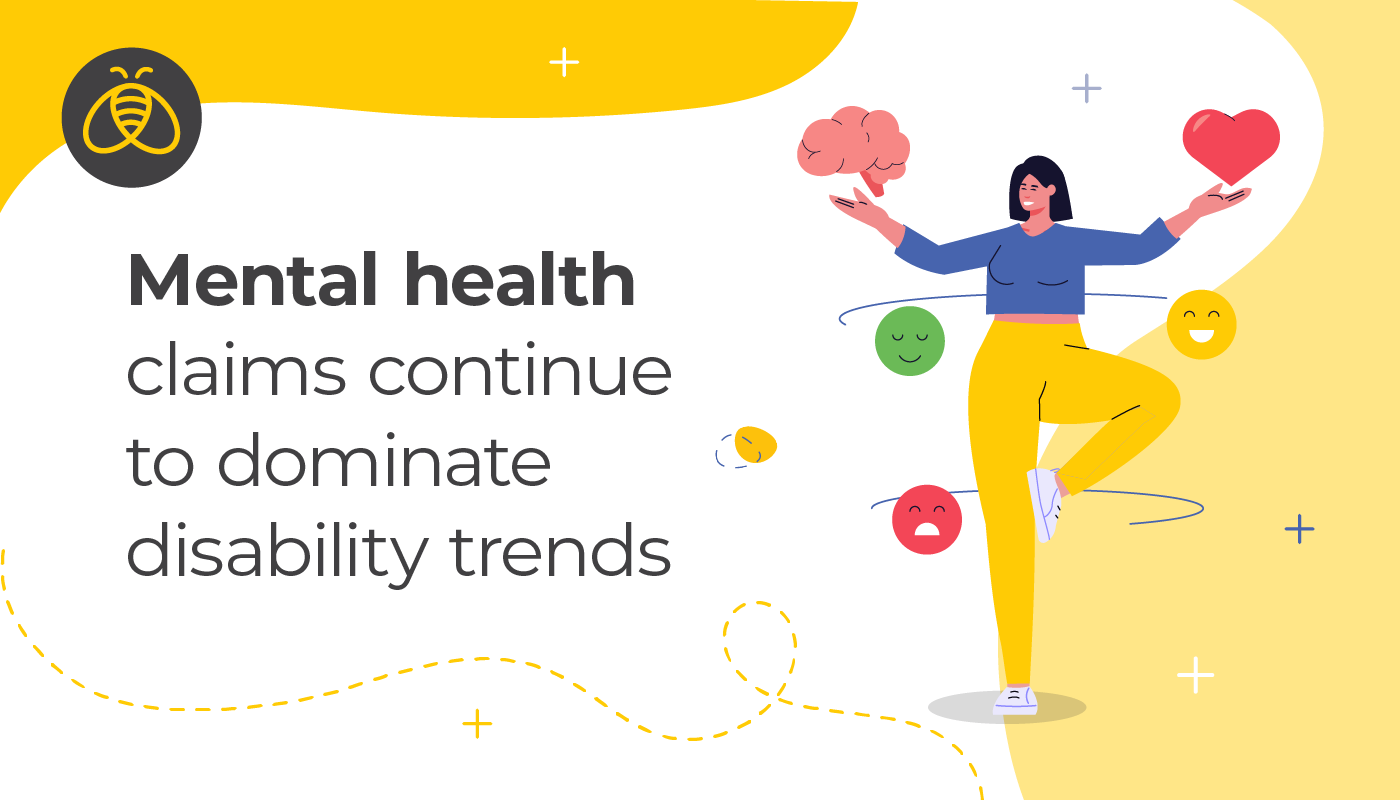Women’s health – advancements, opportunities, and benefit options
By: Benefits by Design | Tuesday June 24, 2025
Updated : Monday June 23, 2025
Over the last decade, women’s health has entered the conversation in a more urgent manner. Overcoming the health equity gap, in terms of research, access, diagnoses, and treatment, are all part of this push. Let’s examine how these differences play a role in the state of women’s health.
The current state of women’s health
Women face many of the same health risks as men, yet the challenge is that symptoms and warning signs often manifest themselves differently. Additionally, the reproductive differences between the two sexes, and lack of understanding or studies specifically on women, has led to medical disparities and misdiagnoses.
Cardiovascular health
One third of fatalities in women are caused by heart disease, and 90% of women have at least one risk factor. Yet it often goes undiagnosed and untreated due to lack of understanding, since heart attack warning signs in females are different than in men.
Mental health
Women are disproportionately affected by stress, anxiety and depression. This could be attributed to the role they play within a family or household. Women more often have multiple care-giving roles, are responsible for feeding and cleaning the household, and still have full time jobs. They are also more often in charge of household finances, adding the burden of financial anxiety to that list.
In fact, 13% of Canadian women sought mental health support last year, compared to just 9% of men. While that 4% may not sound like a big difference, that actually means that women sought treatment 31% more than men did.
Reproductive health and breast cancer
The most well-known health risks associated with reproduction are sexually transmitted diseases (STDs), including HIV/AIDS, maternal mortality, unsafe abortion, adolescent pregnancy, and infertility. Only the first and last risks are something which men can face as well, leaving women to bear the brunt of these health risks.
Breast cancer is the second leading cause of death from cancer in Canadian women. Considering that in 2024 there were 30,500 new breast cancer diagnoses in women compared to 290 in men, this particular cancer is of extremely high import for women when considering their health risks.
Aging and disability
Research from the Government of Canada shows that women (30%) are more likely than men (24%) to have a disability. Among people aged 65+, women were also more likely to have a severe or very severe disability. Additionally, disabilities related to pain, mobility, and mental health were at least 5 percentage points higher for women than for men.
Opportunities and advancements
Significant imbalances exist in women’s health outcomes based on sex, race, ethnicity, socioeconomic status, and sexual orientation.
Disparities
According to the GreenShield Cares Women’s Mental Health Report, racialized women were less satisfied with their mental health care than racialized men. While women who are part of the 2SLGBTQIA+ community report severe symptoms of anxiety (15%) and depression (13%) compared to other women (6% and 4% respectively).
There are also physiological differences between the sexes. For example, Canadian women are 65% more likely to develop osteoporosis compared to men – at 1 in 3.
Understudied conditions
There is a gap in the amount of research that has been done specifically for women’s health conditions versus men’s. Many women’s health conditions, such as endometriosis and polycystic ovary syndrome, have historically been understudied, leading to delays in diagnosis and treatment.
It was discovered recently that there are also differences in the way women and men experience a heart attack. The consequences of this oversight saw many women not seeking medical care because they weren’t aware they were having a cardiovascular event.
There is some good news on the horizon, however, as the growing body of research is putting an emphasis on addressing health disparities and ensuring equitable access to healthcare for all women.
The Canadian government has pledged $20 million over 5 years for the National Women’s Health Research Initiative, which aims to “contribute to transforming the health of women and gender-diverse people in Canada”.
Plus, initiatives like the Sprint for Women’s Health in the US, and the ongoing work by the WHO, among others, suggests that some are trying to narrow the research gap.
Access to care and health equity
Women often face barriers to healthcare access, including financial constraints, logistical challenges, and lack of culturally competent care.
Racialized and 2SLGBTQIA+ women find these barriers even more difficult to overcome. In fact, “racialized women are 60% more likely than the general population to say they needed [mental health] care but did not access any”.
Socioeconomic status also factors into health inequalities, and health outcomes progressively become worse as income decreases. For example, the prevalence of diabetes increases more for women with lower socioeconomic status than for men under the same conditions – although both are affected.
Benefit plan options
Women can improve their health outcomes with many of the same benefits as men. Such as life or disability insurance coverage to help with financial stress, or health and dental care for maintenance, drugs, paramedical services, and more.
But there are some benefits that pertain specifically to women’s health.
- HCSA and WSA – spending accounts can be used for each person’s specific health and lifestyle needs.
- Parental leave – supports women with new children. Companies have an opportunity to provide benefits above and beyond what the government offers.
- Family building benefits – including IVF, surrogacy, adoption, and embryo freezing
- Gender affirmation coverage – to support 2SLGBTQIA+ employee health.
The expansion of research, commitment and understanding for women’s health is just the beginning. By addressing the issues, we can significantly improve the health of women, leading to better outcomes for individuals, families, and communities.


